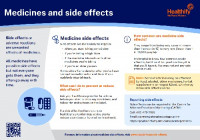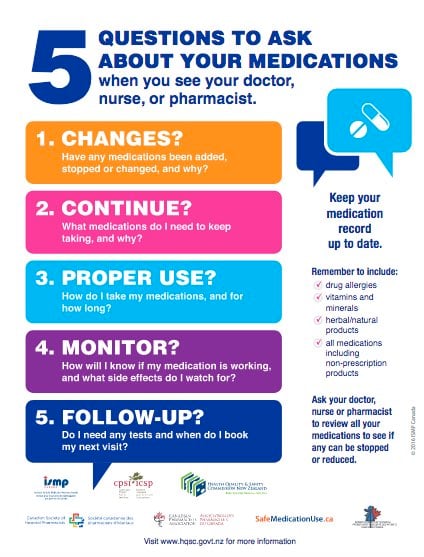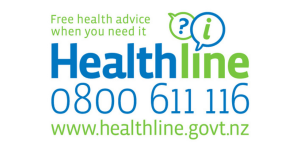Bezafibrate
Sounds like 'bee-zah-fye-brate'
Key points about bezafibrate
- Bezafibrate is used to lower raised cholesterol.
- Bezafibrate is also called Bezalip® or Bezalip Retard® .
- Find out how to take it safely and possible side effects.

Bezafibrate is used to lower cholesterol levels (mainly triglycerides) in your blood. Bezafibrate belongs to a family of medicines called fibrates. It's usually prescribed for people with high triglyceride levels when statins can’t be used. Bezafibrate may also be used together with a statin if lifestyle changes or taking statins by themselves haven’t worked to lower cholesterol.
In Aotearoa New Zealand bezafibrate is available as Bezalip® or modified-release tablets, Bezalip Retard®.
- Your dose of bezafibrate will depend on whether you have been prescribed Bezalip® or Bezalip Retard®.
- The usual dose of Bezalip® is 200 mg, 3 times a day. The usual dose of Bezalip Retard® is 400 mg, once a day.
- Always take your bezafibrate exactly as your healthcare provider has told you. The pharmacy label on your medicine will tell you how much bezafibrate to take, how often to take it, and any special instructions.
- Timing: Take bezafibrate at the same time each day, either in the morning or the evening.
- With a statin: If you’re also taking a statin, take your bezafibrate in the morning and the statin at night.
- Food: Take bezafibrate with or after food.
- Bezalip Retard®: If you're taking slow-release Bezalip Retard tablets you need to swallow the tablets whole with a glass of water – don’t chew, crush, or break them.
Here are some things to know when you're taking bezafibrate. Other things may be important as well, so ask your healthcare provider what you should know about.
- Other medicines: Bezafibrate interacts with some medicines (eg, warfarin, diabetes medication such as gliclazide and insulin), herbal supplements and rongoā Māori, so check with your healthcare provider before starting bezafibrate and before starting any new products.
- With a statin: Using bezafibrate with a statin increases the chance of muscle side effects. If you develop muscle pain, without any known reason for it, talk to your healthcare provider. Read more about risks with taking statins.
- Keep taking regularly: Treatment with bezafibrate is usually long term. You should continue to take it unless you are advised by your doctor to stop. Talk to your healthcare provider before stopping.
- Monitoring: You’ll need a blood test to check that your blood cholesterol level has come down and to check your kidneys. Read more about cholesterol testing.
- To get the full benefit of bezafibrate, it's important to keep to a healthy diet and to exercise often.
Like all medicines, bezafibrate can cause side effects, although not everyone gets them. Often side effects improve as your body gets used to the new medicine.
| Side effects | What should I do? |
|---|---|
|
|
|
|
|
|
|
|
Read more about medicines and side effects and reporting a reaction you think might be a side effect.
The following links provide further information on bezafibrate.
Bezafibrate(external link) New Zealand Formulary Patient Information
Bezalip and Bezalip retard(external link) Medsafe Consumer Information Sheet, NZ
Brochures
Medicines and side effects(external link) Healthify He Puna Waiora, NZ, 2024
5 questions to ask about your medications(external link) Health Quality and Safety Commission, NZ, 2019 English(external link), te reo Māori(external link)
Apps
References
- Bezafibrate(external link) New Zealand Formulary
- Bezalip and Bezalip Retard(external link) Medsafe datasheet, NZ
- Lipid-regulating drugs(external link) New Zealand Formulary
- Statins(external link) New Zealand Formulary
- Prescribing statins to reduce cardiovascular risk(external link) BPAC, NZ, 2021
Brochures

Medicines and side effects
Healthify He Puna Waiora, NZ, 2024

Health Quality and Safety Commission, NZ, 2019 English, te reo Māori
Credits: Healthify editorial team. Healthify is brought to you by Health Navigator Charitable Trust.
Reviewed by: Stephanie Yee, Pharmacist, Auckland
Last reviewed:





